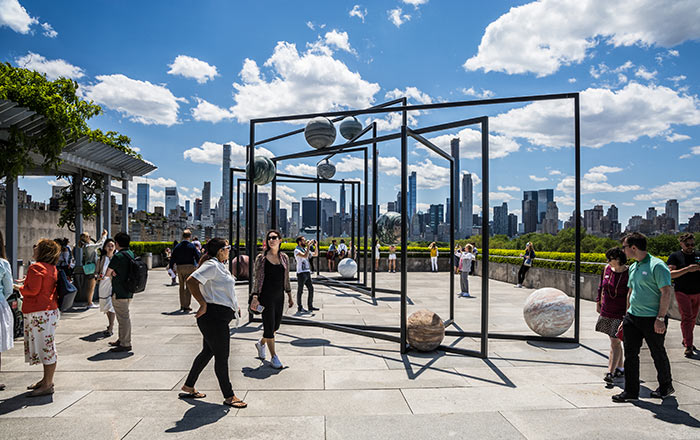Face
Rabindranath Tagore Indian
Not on view
Rabindranath Tagore, the Bengali public intellectual, poet, and social activist, developed a visual art practice later in life, with the first exhibition of his paintings held in 1930 in Paris. Like much European art of that period, suffused with the tenets of Surrealism, Tagore’s work was driven by his interest in the subconscious, and the ways memories and emotions could guide image making. His work focused on the expressions of personal and internal negotiations, with a dominant strand being the rendering of the human face. In Face the composition occupies the whole sheet of paper and the man’s facial features are executed in hurried lines and washes. His downcast eyes and heavy undereye circles seem to indicate dejection. The palpable despondency of Tagore’s work, especially his human visages, which are both mysterious and melancholic, may be linked to the series of personal tragedies that he faced during his lifetime from the early death of his mother to the suicide of his sister, and the passing of his wife, daughter, and son.
This image cannot be enlarged, viewed at full screen, or downloaded.
